Kali Linux is a Debian-based open-source distribution platform that aims at advanced level Network Penetration Testing and Security Research. It has many common tools and configurations that allow users to complete these tasks. Kali’s Linux allows users to access hundreds of Penetration Testing Tools that are pre-installed in the Operating System.
It has more than 600 penetration testing tools, making it an advanced-level open-source distribution platform. The interface of Kali’s Linux looks very professional. Kali Linux is a free multi-platform software that is accessible and freely available to information security and professionals. Kali Linux is an amazing operating system that professionals use for their professional purposes like Network Penetration and Testing. In this article, we will cover the Development of Kali Linux, the Advantages of Kali Linux, and the Disadvantages of Kali Linux.
Is Kali Linux Good for Everyday Use?
using Kali Linux as your primary operating system has a number of drawbacks, and you should consider whether it’s the correct choice for your. First of all, Kali, lacks numerous productivity tools and is overloaded with software. Additionally, it looks ugly and consumes too much RAM when it is idle. It’s important to note that security professionals and penetration testers make up the majority of Kali users. Therefore you won’t require GPU support. The drawbacks include the fact that you still need to exercise caution even though Kali Linux is now accessible as default operating system for Windows. Although this is fantastic news for pen-testers, it is a major setback for typical users. This implies that malevolent malware or applications installed on Kali have the ability to silently change crucial system files. In this situation, a black hat expose you to a hack. To be secure, you ought to set up Kali on a different computer or virtual machine.
Development of Kali Linux
Kali Linux is developed by Devon Kearns (Dookie) and Mati Aharoni. It is the upgraded version of Backtrack Linux (Backtrack Linux is the older name of Kali Linux). Backtrack Linux is another version of Kali Linux, which was used for penetration testing and Network Security. The development of Kali Linux is followed according to Debian standards, as it imports the majority of its code from Debian repositories.

Kali Linux’s development began in March 2012, by a small group of developers including Devon Kearns and Mati Aharoni. Only a few developers of the teams were allowed to develop packages, that are also in a protected environment. It completed development with its first release on 13 March 2013. After that Kali Linux released big updates and the development of these updates are handled by the Offensive Security of Kali Linux.
System Requirements

The installation of Kali Linux needs some system requirements for the Setting up. The System requirements are:
- Firstly, the computer needs at least 20 GB of hard disk storage for installation. But, preferred 50 GB of hard disk or SSD storage.
- Secondly, A minimum of 2 GB RAM is required.
- On a low-end PC, you can set up Kali Linux by using a Secure Shell Server with no desktop, the server can be accessed by using as little as 128 MB of RAM and 2 GB of Disk Storage.
- For Good and Smooth Performance, a minimum of an Intel i3, or AMD E1 or above processor is required.
- Lastly, a Bootable USB or DVD is required for the installation.
Advantages of Kali Linux
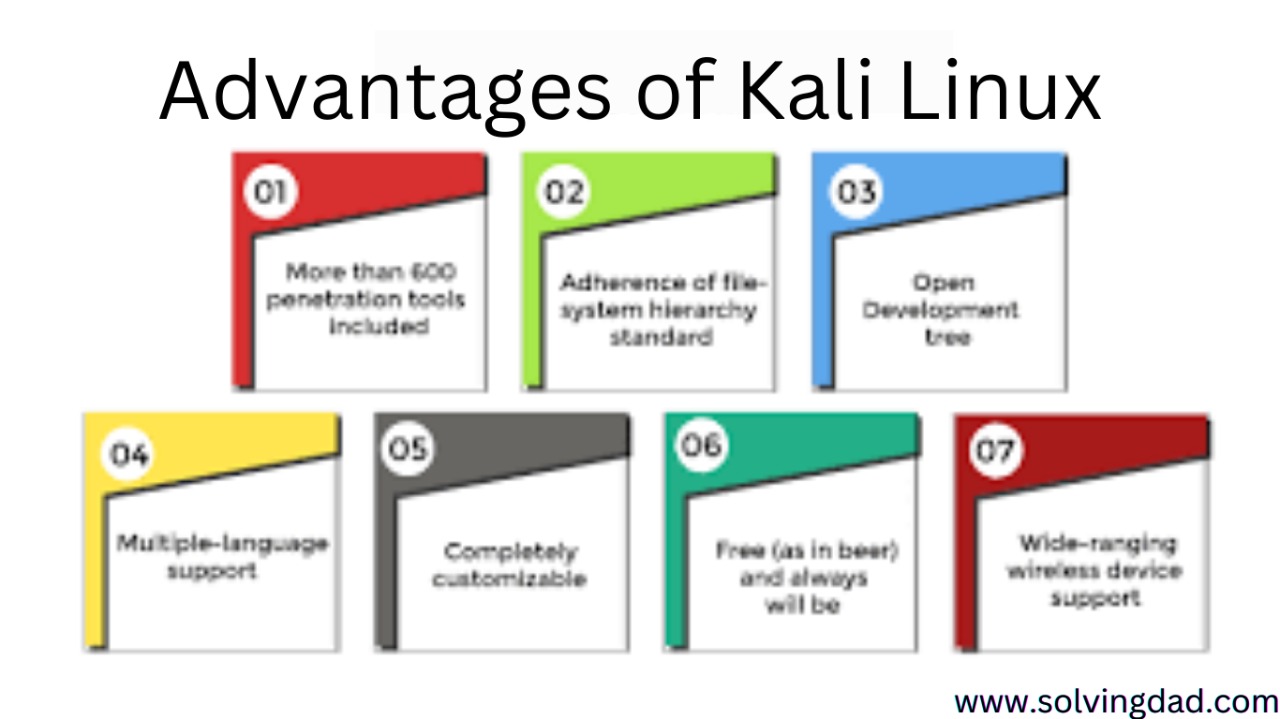
The advantages of Kali Linux are given below:
- More than 600 penetration and security tools are included.
- Open development tree.
- It supports many different languages.
- It is completely customizable.
- It has wide-ranging wireless device support.
- Open Source and has Good Platform Support.
- Regular Updates
- Advanced Security Features
- Community Support
More than 600 penetration and security tools
Kali Linux includes over 600 penetration-testing tools, all designed to make it easier for network security professionals to assess the security of their networks. These include basic data collection and reporting tools. The inclusion of so many capabilities is intended to ensure that nothing is overlooked. Mainly, it is designed for professionals. There are many other tools on Kali Linux.
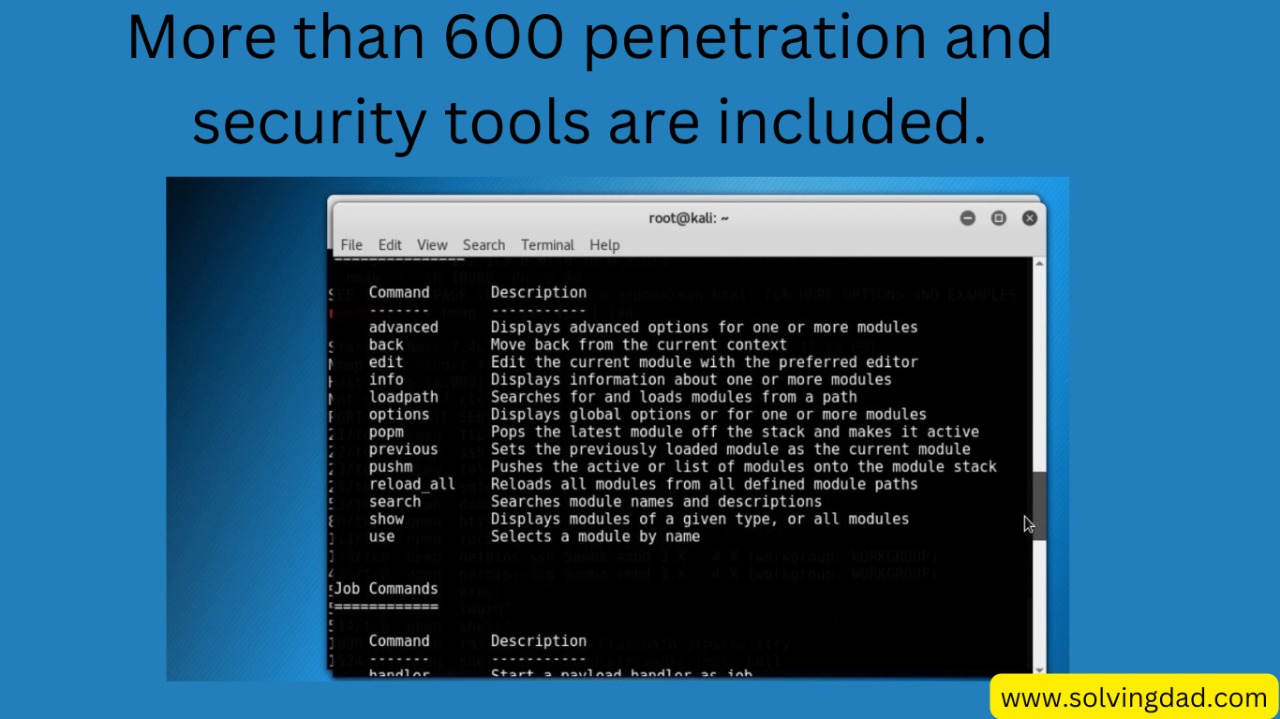
You can use Meta Packages to install the tools that are most important to your job. Another useful feature of Kali Linux is the Version Tracking Tool, which allows you to compare different Kali versions to the one you’re currently using. There are also many other penetrations and network features that you can access by installing Kali Linux.
Open Development Tree in Kali Linux

The availability of open-source software elevates many Linux products, including Kali Linux. As a result, anyone with access to the source code can quickly gain access to the system. We can also keep track of the coding at each stage thanks to the open development tree. You can also document each stage using the open-source development tree.
Supports Multi Languages

The fact is that the majority of penetration tools are written in English, whereas Kali Linux provides full Multi-Language Support making it possible for more users to work in their native language (local language) and discover the tools they need. It is one of the best advantages of Kali Linux that it supports multiple languages.
Kali Linux is Completely Customizable

Kali Linux is straightforward to build as per your customization. You can build a custom version of Kali for your specific need using a security expert-specific set of requirements and an easy-to-access ISO customization process. In addition, Kali Linux live build feature allows you to customize and modify the Kali Linux ISO images which makes this very amazing. These features make Kali Completely Customizable.
Wide-Ranging Wireless Device Support

Wireless support has long been a frequent sticking point for Linux distributions. Kali Linux is designed to work with as many wireless devices as possible, allowing it to run a wide variety of hardware and connect to a wide variety of USB and other wireless devices. This Wide-Ranging Wireless Device Support feature is very useful in Kali Linux and user like this features the most.
Open-Source and has Good Platform Support

Kali Linux is a free open-source operating system with no hidden charge. It does not have any proprietary software or driver. Kali Linux is available in VirtualBox, VMware, Raspberry Pi, ARM images, and cloud services. It can run on 32-bit systems that are also known as x86 systems and ARM-based devices such as Odroid and PandaBoard. In the Future, I will post an article to install Kali Linux on android.
Regular Updates
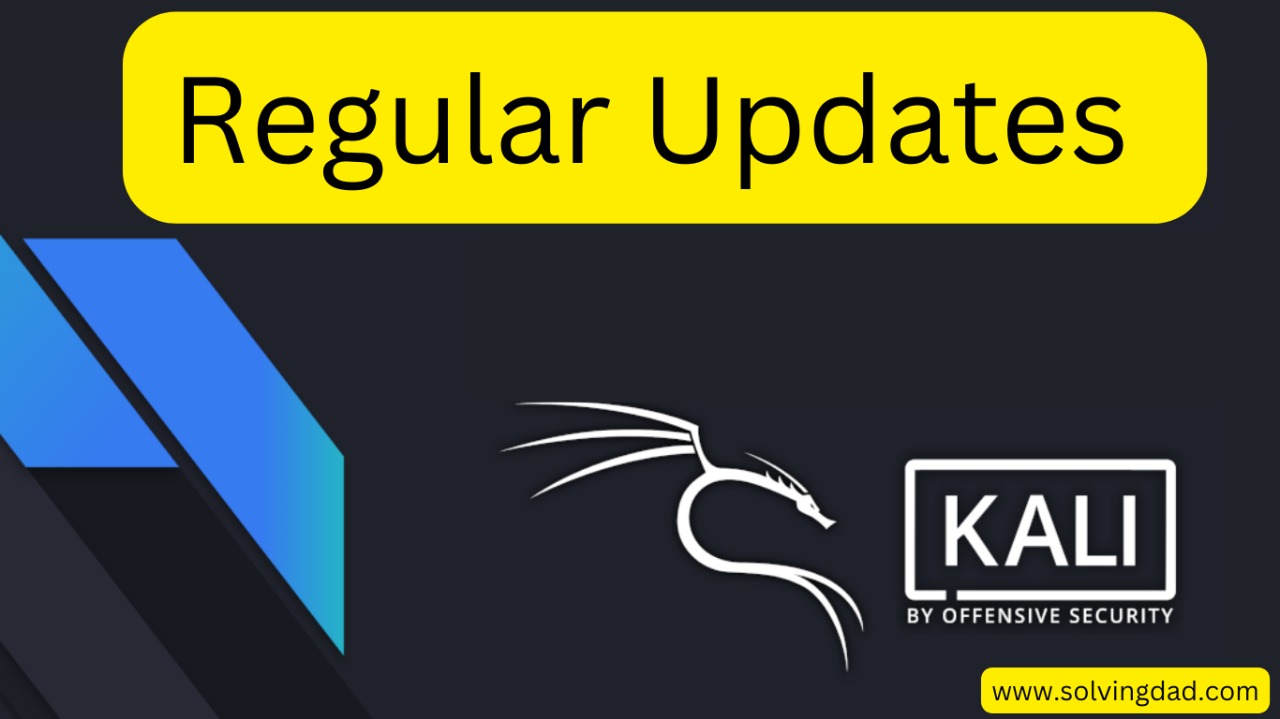
Every release of Kali undergoes an extensive testing process to ensure it meets the needs of penetration testers and security professionals around the world. We can also expect periodic updates and new features with each release. Kali Linux provides Regular Updates for its users.
Advanced Security Features
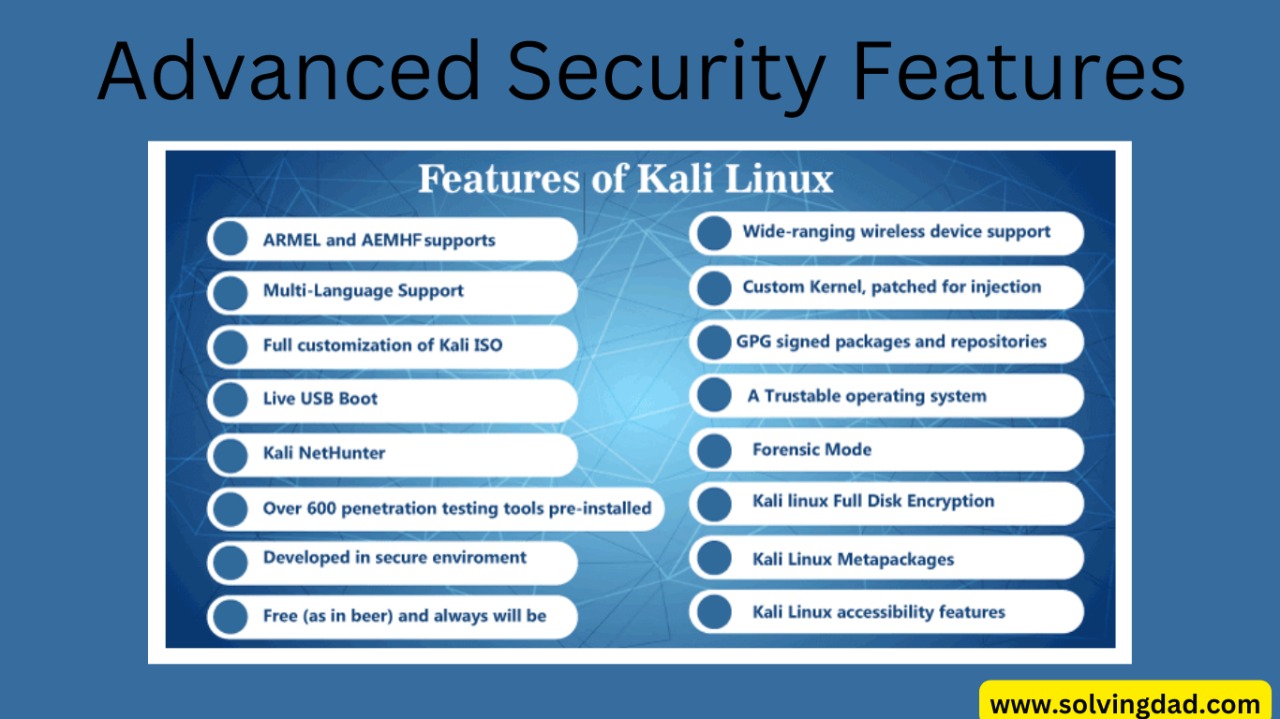
Kali Linux is one of the best developer safes operating systems. This OS can also be booted with USB or Live DVD, just like Windows. It does not leave any footprints after the user uses it resulting in a breach of information. Moreover, the Kali Linux kernel has many cutting-edge security components not found in other distributions. These include Address Space Layout Randomization (ASLR), ExecShield, and NX-Bit. There are also many Advanced Security Features in Kali Linux.
Community Support of Kali Linux
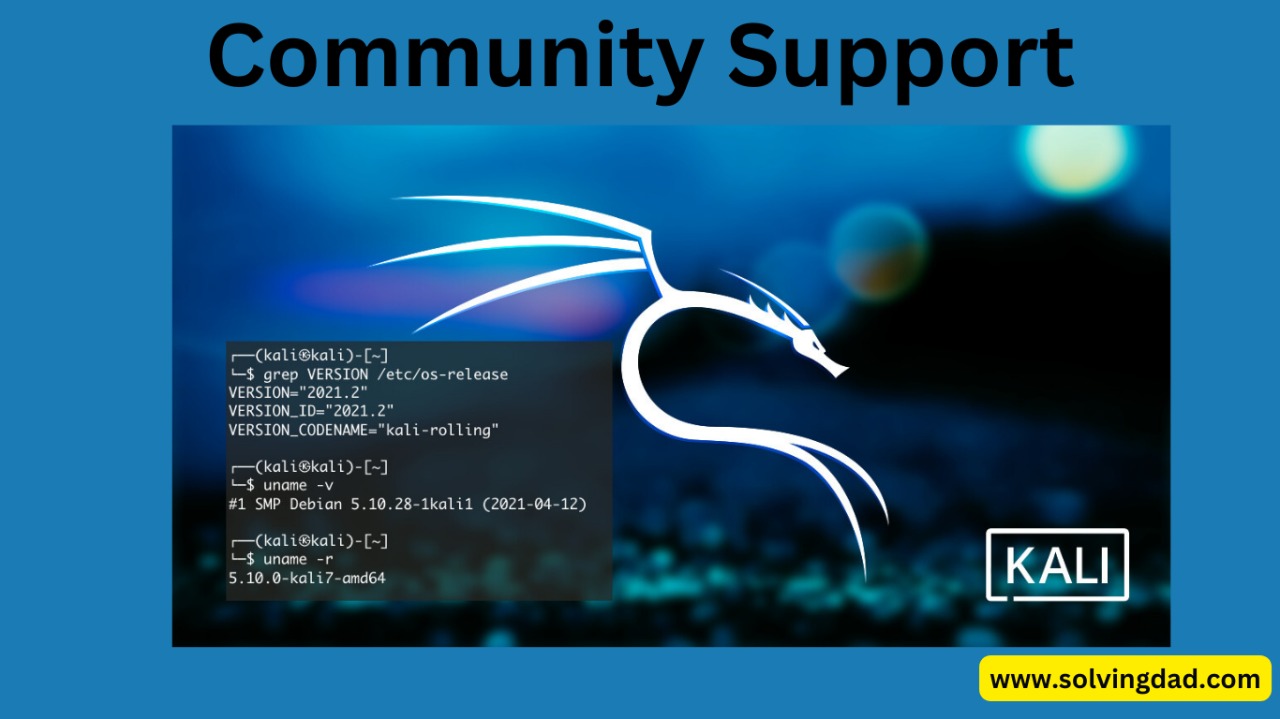
Kali Linux Operating System has an active and friendly community that supports its users. It is always ready to help. There are many forums and his IRC channel where users can ask questions or seek help from other users. This thing makes content creators motivated to cover this niche. The Community Support of Kali Linux is very Good.
Disadvantages of Kali Linux

The disadvantages of Kali Linux are given below:
- It doesn’t have GUI
- Some tools are Unavailable and a little bit slower
- Unsuitable for Daily Work
It doesn’t have GUI

Firstly, Kali Linux operating system is not for beginners because it has not Graphical User Interface (GUI). Penetration testing distribution for advanced users. Secondly, If you are new to Linux, you may find it difficult to use. Additionally, the Operating system does not have a Graphical User Interface. This means the tasks must be done from the command line. For some people, this can be too difficult, especially for beginners because It doesn’t have GUI.
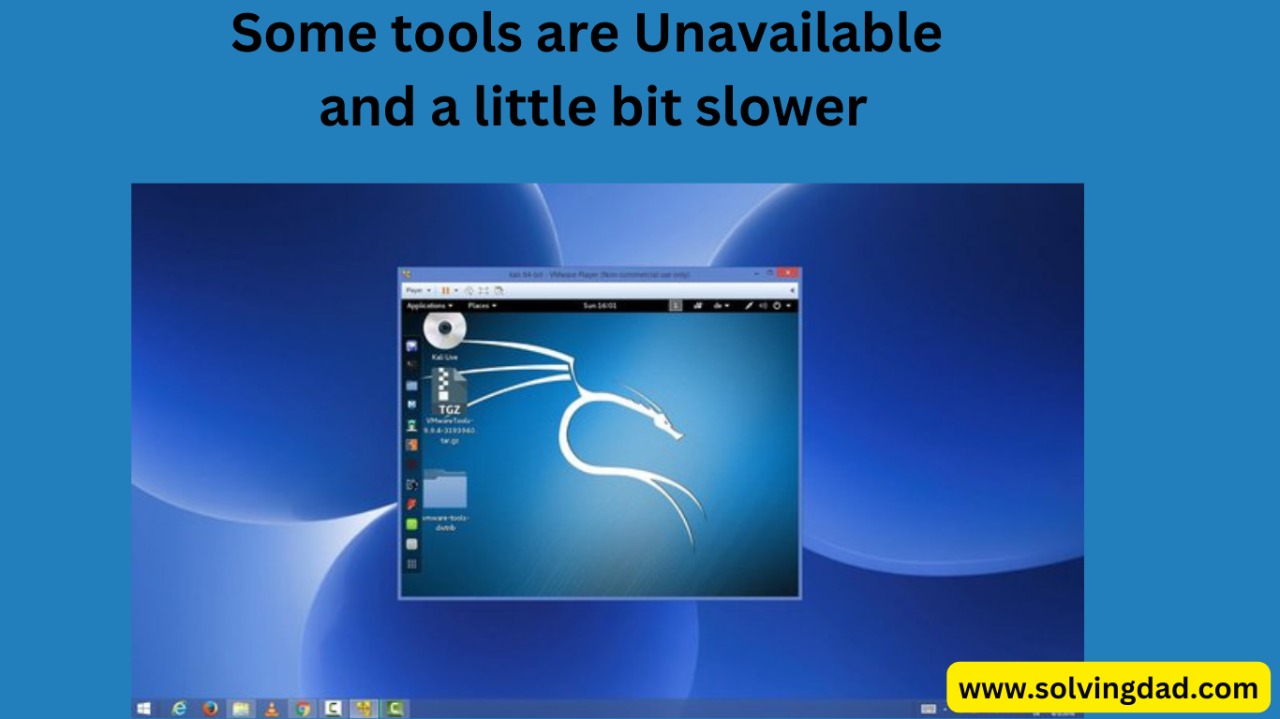
Kali Linux is a little slower than other Operating Systems because it uses many resources for penetration testing and Security tools. Technically, Some tools are not available in Kali Linux but these tools are available in other distributions like Fedora and Ubuntu. This can be a big problem for you. Some tools are Unavailable and a little bit slower in Kali Linux.
Unsuitable for Daily Work

Kali Linux is not intended for an everyday basic Computer user. It is designed for penetration testing and security analysis. If you try to use it for your daily task, you will find it complicated. It is unsuitable for Daily Work because it doesn’t have a Graphical User Interface.
Frequently Asked Questions
Who uses Kali Linux and why?
Security Administrators and Black Hat Hackers use Kali Linux for maintaining penetration testing and Security Research.
Do Hackers use Kali Linux?
Yes, hackers use Kali Linux because it is open source distribution that everyone can use.
Is Kali Linux Good for Beginners?
No, It is not good for beginners because it doesn’t have a Graphical User Interface (GUI).
Why do hackers use Kali Linux?
Hackers use Kali’s Linux because it has more than 600 penetration and You may set up and run numerous operating systems, including Windows, Linux, and MacOS, inside of separate virtual machines using VirtualBox. security tools available for free.
How to Install Kali Linux on VirtualBox?
You may set up and run numerous operating systems, including Windows, Linux, and MacOS, inside of separate virtual machines using VirtualBox.
Related Posts:–
How to Install Kali Linux on Windows 10?
What is Computer Memory? Characteristics of Computer Memory System
What is the difference between Computer Science and Information Technology?
How to Fix High CPU Usage on Windows 10?
How to Connect AirPods to Windows 10?
Conclusion
In Conclusion, Kali Linux is an open-source distribution that everyone can use. It has more than 600 free tools available. Mainly, network administrators and hackers use Kali Linux. This is the basic Tutorial of Kali Linux and its development. Furthermore, Kali Linux is a free distribution and anyone can access this distribution on a personal computer by booting with a USB drive or DVD drive. In Future Articles, you will Learn Kali Linux new topics like Kali Linux Penetration Test, Kali Linux List of Tools, Kali Linux Installation
Disclaimer:- We are not promoting Kali Linux or suggesting anyone use it. It is completely your decision to use Kali Linux.
Thanks for visiting our website Solving Dad.
Happy Learning!

Thank you very much for sharing, I learned a lot from your article. Very cool. Thanks.